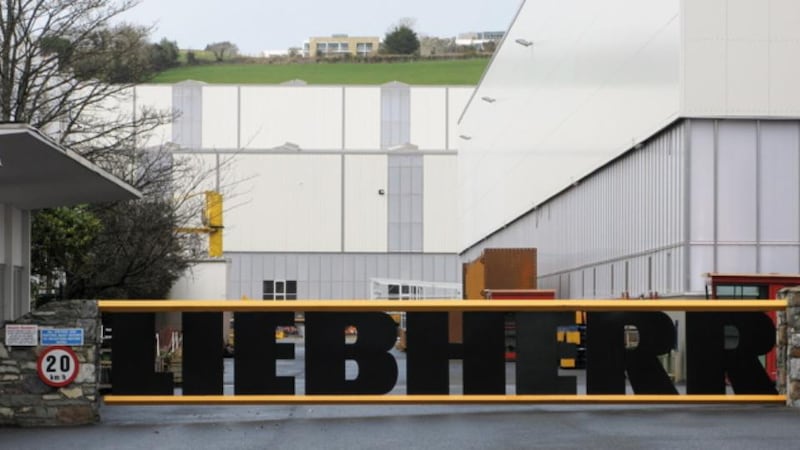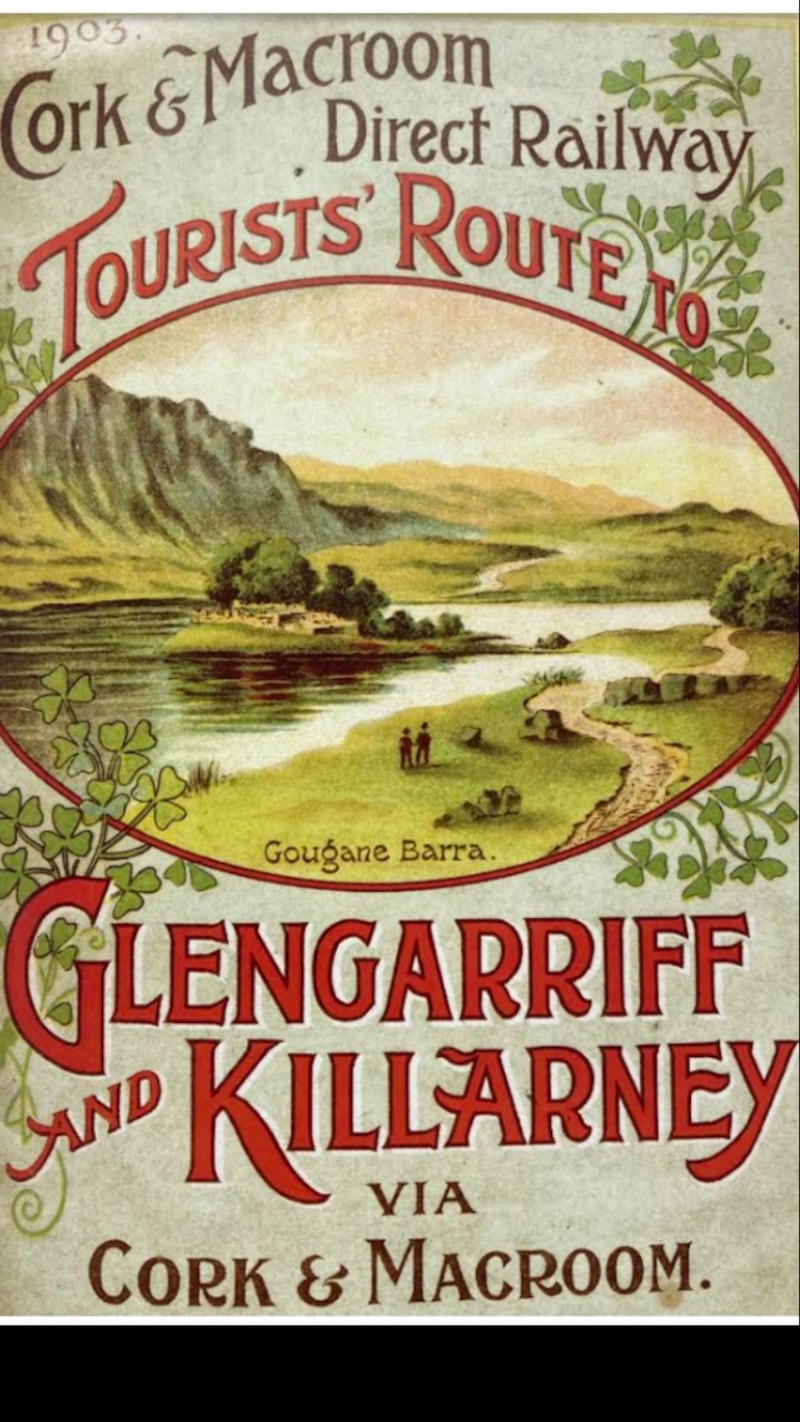Memories of growing up in the Irish midlands in the 1950s are rekindled in John Killeen’s One for Sorrow, Two for Joy (Moon River Books, €15) in which he looks back on a sepia-tinted Athlone and its people. Guinness barges steam up the Shannon, the corncrake and the curlew can still be heard over the bogland, while in homes black kettles hang over hissing fires and Tilley lamps give off light. For his coming of age, a young boy needed skills such as washing ponies, gathering mushrooms and coping with the banter all around him on which the author reflects with humour.
Stories of the people shine through in evocative vignettes. The most vivid characters are Peggy, the family housekeeper who helps the young boy’s emotional development; sisters Letty and Lizzie Crotty for whom the music of Donizzetti and Verdi was equally as important as the songs of Count John McCormack; and Mickser Daly at the Ritz Cinema along with the famed Town Criers. Sensory details are a feature of the writing that is almost novelistic, whether it is a stove giving off a cast-iron smell, a single bare light bulb swinging uselessly or the drama of a fire in Clonown bog which turned the area into a blackened wasteland. This is an affectionate and engrossing book, written with candour about a town that kept its secrets. Of course, it was not all a life of cheerfulness and in the midst of recollections are stories of the women condemned to the misery of the Magdalene laundries and the emigrants heading to far-off lands in search of a better future.

While the Ireland of the 1950s was a time of economic depression there was optimism in Kerry when a German company opened a factory making cranes and port equipment. The Liebherr Story (Liebherr Container Cranes Ltd, €35) by Tom Foley outlines the 65-year history of this foreign investment company in a fluently written and deeply researched book. The author is well-placed to write the study since he spent 46 years with Liebherr from trainee fitter and welder to human relations manager until the time of his retirement in 2009.
[ Half of big multinationals plan to cut office space in next three yearsOpens in new window ]
Hans Liebherr came to Ireland in March 1957 and built his factory in Killarney, one of the company’s first expansions outside Germany. Twenty-four chapters span several generations, chronicling early days and concerns about the impact on the natural environment, followed by developments with the local community and industrial relations, up to the present multi-acre site. A selection of personal stories and anecdotes sit alongside photographs, drawings and cartoon sketches. The company, which brought wealth and new opportunity to Kerry, remains an essential element of Killarney life with a strong commitment to culture, sport and charities.
READ MORE

Rail enthusiast Chris Larkin looks back on a bygone era in West Cork Railways: Birth, Beauty and Betrayal (Mercier Press, €25) delving into stories of social history by tracing the network of railway lines that used to operate. The reader is taken on a time-travelling journey from the days of the Great Famine up to the 1960s. Six decades have elapsed since the destruction of the extensive railway system and the author reflects on its swift, painful ending and how that disconnection is still felt widely long after the closure because of the affinity with the community.
Aside from carrying passengers, the trains transported an assemblage of animals including cattle, horses, donkeys, pigs and poultry; a Collie sheepdog and pup even travelled with their own dog tickets. There are many juicy morsels: some locomotives were aptly named “Perseverance” and “Patience”; others were called “Kitty the Hare”, because of its speed; “The Grey Ghost”, because of its quietness; and “Henry”, because of its Henry Ford-style reliability. Rail tickets to Ballincollig had the nickname “Brit pass” for the military ticket, while a “Paddy pass” was issued to locals.
Another curiosity is that the original name for the Wild Atlantic Way was coined by an English tourist as far back as 1896, some 120 years before the distinctive 21st-century blue-and-white signs were erected along western coastal roads. Paintings and India ink drawings by the author complement a huge collection of photographs for a snapshot of history – everything the train buff could wish for.
In Patrick: From Patron Saint to Modern Influencer (New Island, €24.95) Alannah Hopkin updates her earlier work published in 1989. Nine chapters cover significant territory including St Patrick’s Purgatory at Lough Derg in Donegal, Downpatrick, the Lecale peninsula and Croagh Patrick, chosen by Charlie Bird in April 2022 as the ascent for his fundraising challenge for motor neurone disease. Consideration is given to the “Greening of Patrick” around the world thanks to Tourism Ireland and the “New Irish”, who have settled here with their citizenship ceremonies, making it a multiracial country.
Along with its quirky subtitle and eye-catching cover design, new photographs and illustrations help anyone trying to understand the role of St Patrick in forging modern Irish identity. Paintings include artwork from the Harry Clarke Studios, Evie Hone, Sean Keating and Oisín Kelly. The author, who has written an impressive study, detects a noticeable decline of interest in the St Patrick legend since the 1960s. By the end of the 20th century, Hopkin states that the figure of St Patrick that had been active in legend and tradition up until the mid-century had all but disappeared and she was not sorry to see him go.
Declan Henry, a social worker from Sligo now living in Kent, discusses misconceptions about the groups that are often marginalised by society in Gypsies, Roma and Travellers: A Contemporary Analysis (Critical Publishing, £19.99). Through case studies and interviews, he dispels myths about Gypsy, Roma and Traveller (GRT) communities in Ireland and the UK, challenging the reader to question their own internal biases. There is, in the author’s view, “a complete inequality” between GRT people and the rest of society as well as a lack of understanding, empathy and willingness to listen to their voices and desires.
Little is understood of their culture but first-hand accounts with powerful direct testimony on health, education and religion come from those in distinct ethnic groups including stories from Irish Travellers. The Traveller mortality is 3.5 times higher than the general population and, since 2022, life expectancy for men is 61.7 years, 15 years less than men in the general population. The figure for women is 70.1, which is 11.5 years less than for non-Traveller women. Henry concludes that perceptions, which are difficult to shift, need changing, biases need questioning and discrimination needs challenging.














